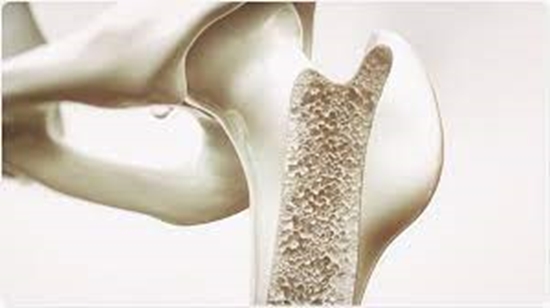A Multiplexed Microfluidic Platform For Bone Marker Measurement: A Proof-Of-Concept
In this work, we report a microfluidic platform that can be easily translated into a biomarker diagnostic. This platform integrates microfluidic technology with electrochemical sensing and embodies a reaction/detection chamber to measure serum levels of different biomarkers. Microfabricated Au electrodes encased in a microfluidic chamber are functionalized to immobilize the antibodies, which can selectively capture the corresponding antigen.






ارسال نظر